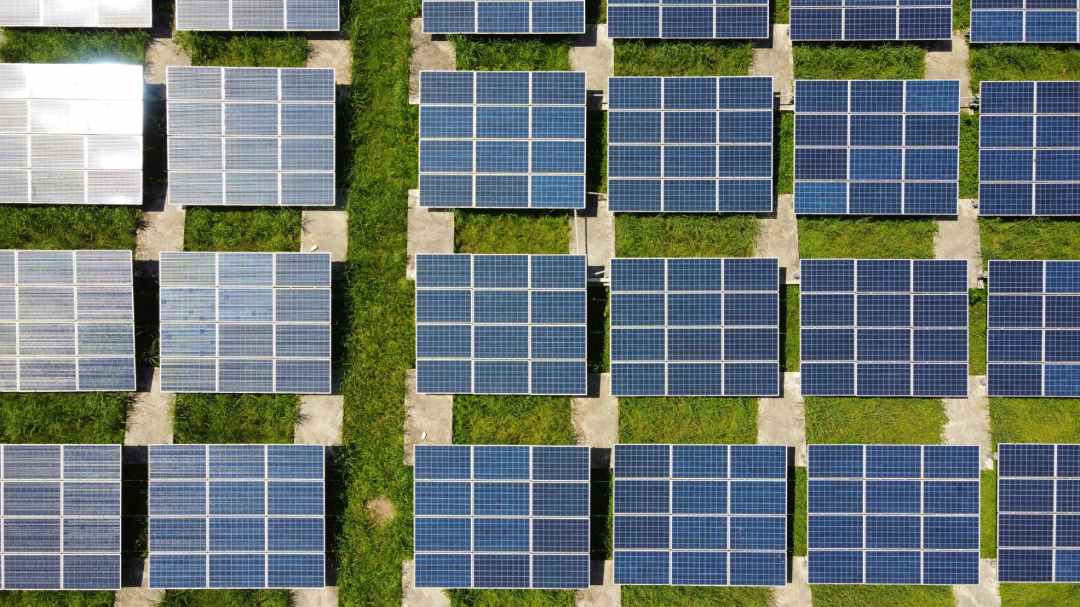USD 2 Trillion Per Annum is Needed to Triple Global Renewables by 2030
Asia as the only region on track to achieve this goal, driven mainly by initiatives in China and India, says the report.
A report by global think-tank Climate Analytics suggests USD 2 trillion per year is necessary to triple global renewables by 2030. It highlights Asia as the only region generally on track to achieve this goal, driven mainly by initiatives in China and India. Despite this progress, significant coal and gas investments in these countries pose risks of stranded assets and hinder the transition to renewables.
The growth of renewable energy in China and India offsets slower progress in regions like South Korea. The report estimates an investment of USD 8 trillion for new renewables and USD 4 trillion for grid and storage infrastructure to achieve tripling of global renewable energy capacity to 11 Terawatt by 2030.
Tripling global renewable energy capacity and doubling energy efficiency rates by 2030 are critical to limiting the global temperature rise to 1.5 degrees Celsius, according to the International Energy Agency. However, most OECD countries lag in meeting this target. No country in the OECD is on track to triple renewable energy capacity relative to 2022 levels, the report said.
According to Claire Fyson, the report’s co-author and policy head at Climate Analytics, “The OECD needs to triple renewables but is currently way off target. Countries in the region claiming to be climate leaders need to walk the talk, not just by ramping up renewables at home but by coming through for other regions that need finance to contribute to the tripling goal.”
Renewables capacity in Sub-Saharan Africa needs to scale rapidly due to historic underinvestment and energy access needs. Climate Analytics experts emphasize that choosing to invest in renewables is a viable and preferable alternative to fossil fuels, which receive significant funding annually.
The report underscores the need for OECD countries to significantly ramp up efforts to meet renewable energy targets. Beyond 2030, renewable growth must continue to accelerate to limit warming to 1.5 degrees Celsius.
Also Read
Will India Achieve It’s Target of 40 GW Rooftop Solar Under ‘Pradhanmantri Suryodaya Yojana’?
EsgTimes News Network
Related posts

Subscribe
Error: Contact form not found.

